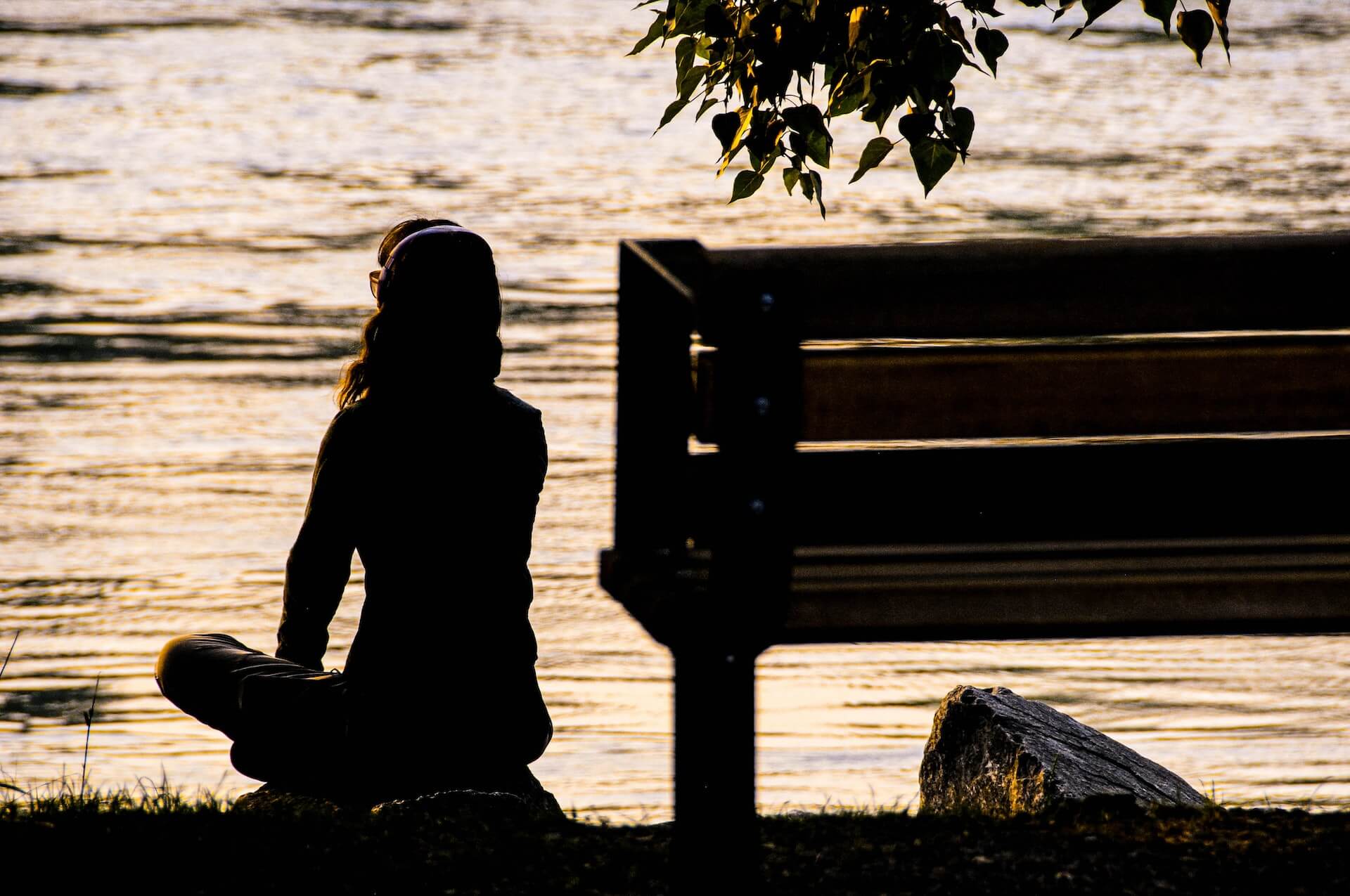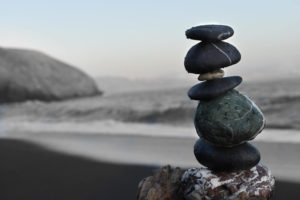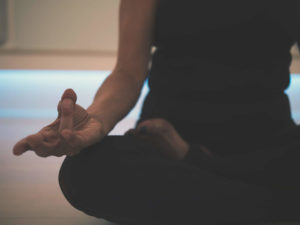Humans have been meditating for centuries, and the practice has been shown to offer a host of benefits. From reducing stress and improving mental focus to promoting better sleep and overall physical health, meditation is an accessible way to improve your well-being. Join us on a journey through the ages as we explore the history of meditation and its many benefits.
The history of meditation and its origins in Eastern religious practices
Meditation has long been a practice associated with Eastern religious practices, but the actual history of meditation dates back to many centuries ago. The earliest mentions of meditation can be located in texts from Ancient India, where it was practiced as part of spiritual and religious training. Within Buddhism, for example, meditation is reached when practitioners observe their mind and cultivate non-attachment to avoid suffering. Over the years, meditation has evolved into a secular practice that transcends faith and culture; today, you can find people from all backgrounds around the world who incorporate meditation into their lives in various forms. While the goals might differ depending on who is participating, ultimately the heart of meditation remains largely unchanged: an opportunity to pause and take stock of one’s thoughts and feelings so as to gain greater clarity and inner peace.
Who brought meditation to the West?
Meditation has seen a surge in popularity in the West over the past decade, but its roots can be traced back much farther. In the 1950’s, an Indian scholar by the name of Maharishi Mahesh Yogi introduced Transcendental Meditation to the United States and Europe, bringing a practice that had been around for centuries to new audiences. He believed that by practicing simple meditation techniques and developing greater awareness, individuals could find inner peace and unlock their true potential. His teachings were embraced by many who sought spiritual fulfillment or simply a means of relaxation, allowing meditation’s ancient wisdom to reach modern-day Westerners. Maharish Mathis Yogi forever changed how we approach mindfulness, and while he is no longer with us in this life, his teachings live on in our ability to find peace amid everyday stresses.
Some notable meditation practitioners in the 20th century
The 20th century saw the rise of many great meditation practitioners, all making significant contributions to the practice. Maharishi Mahesh Yogi helped popularize the ancient practice in the west, while Swami Rama pioneered medical applications of meditation and created his own system of yogic techniques. Sri Ramana Maharshi was a major spiritual figure and one of the main advocates of self-inquiry as a way to personal and spiritual growth. Thích Nhất Hạnh is an iconic monk who is credited with modernizing Buddhism and introducing themes such as mindfulness into daily life. All these figures have left lasting impressions on the world of meditation, demonstrating its effectiveness and power for modern spiritual exploration.
Conclusion
If you’re interested in learning more about meditation, there are many resources available. While the practice has its roots in Eastern religious traditions, it was brought to the West by individuals like Yogi Ramacharaka and Transcendental Meditation founder Maharishi Mahesh Yogi. In the 20th century, we saw an influx of Westerners who practiced meditation, such as Beat poets Alan Ginsberg and Jack Kerouac. If you’re looking to get started with meditation, there are plenty of helpful guides available online or at your local library.






